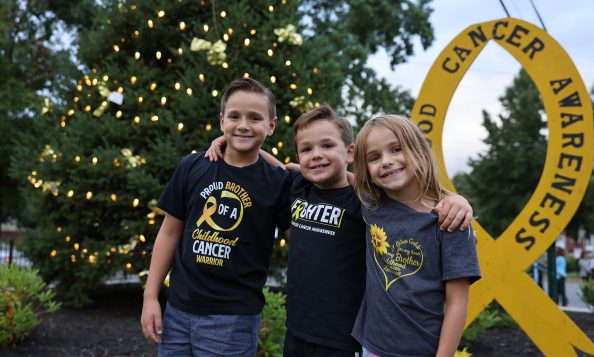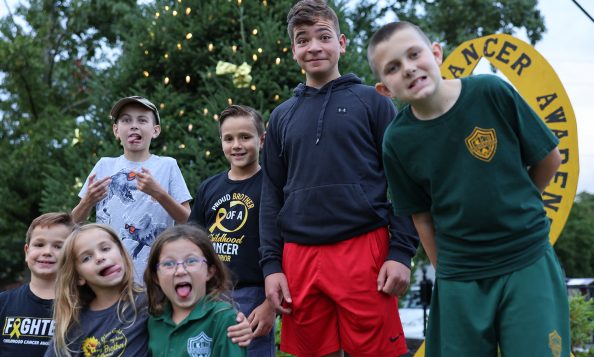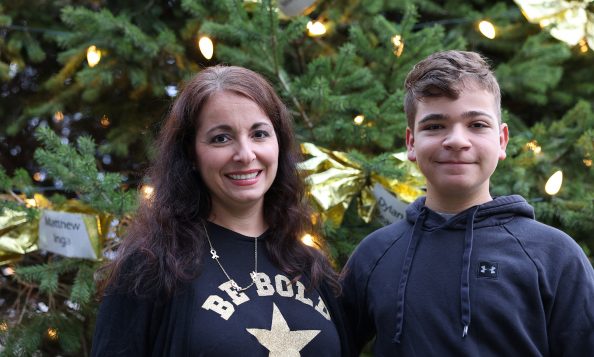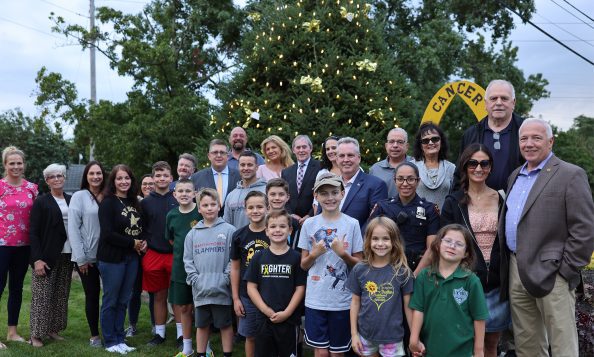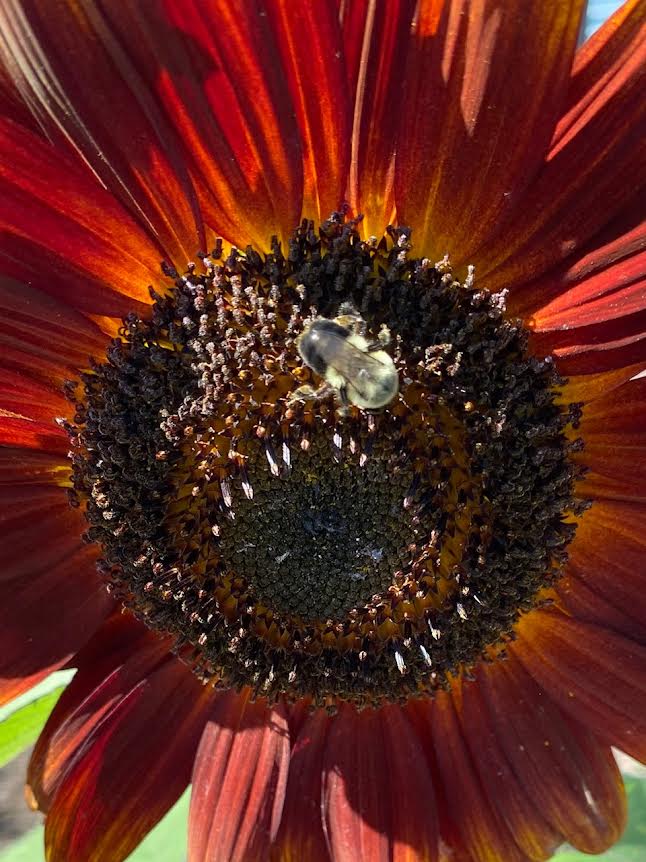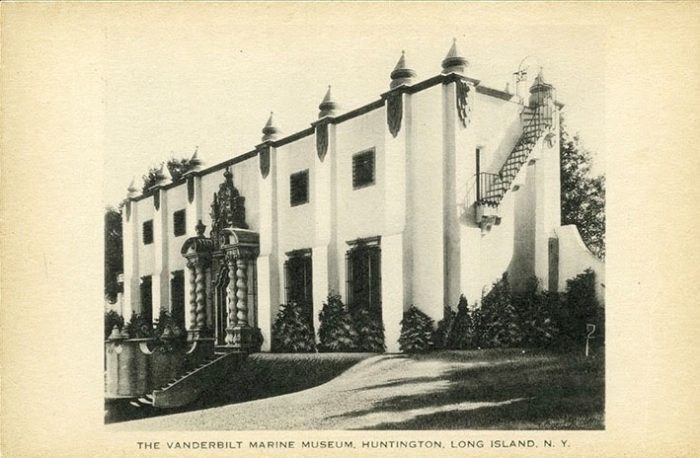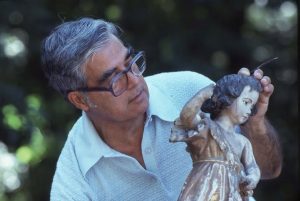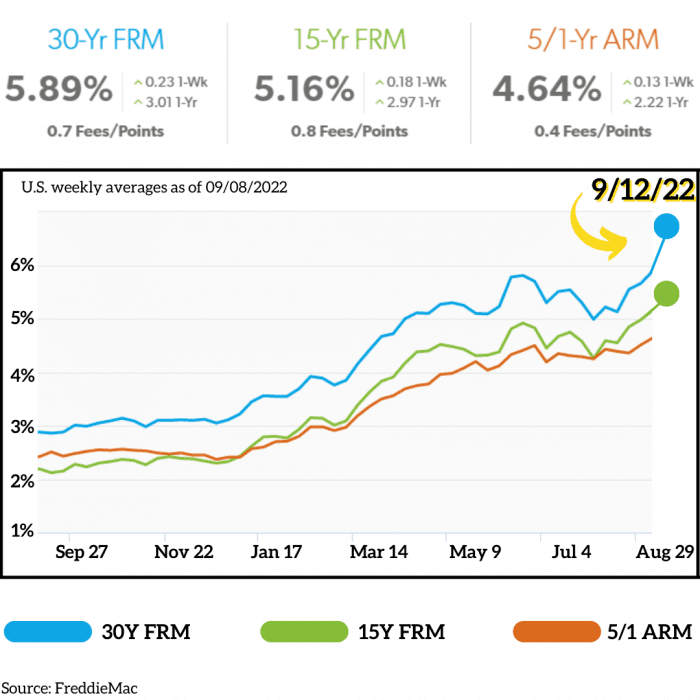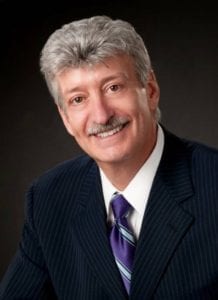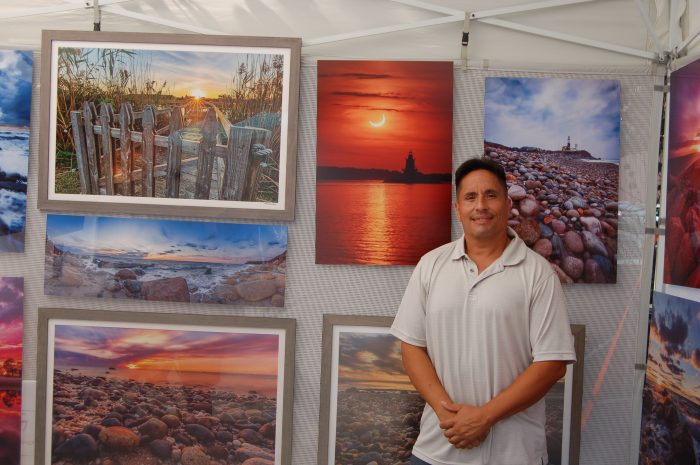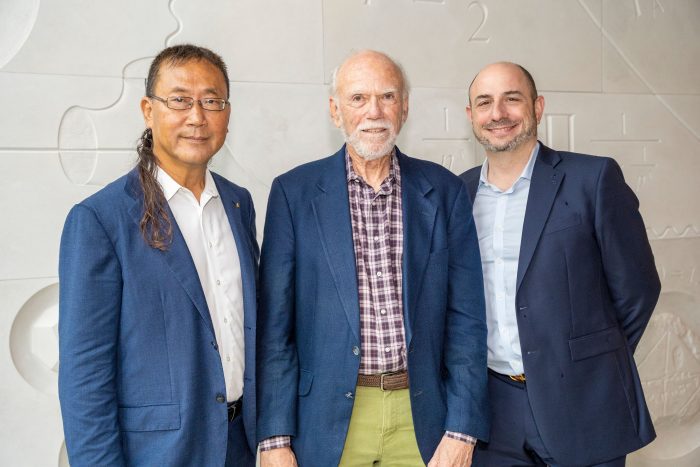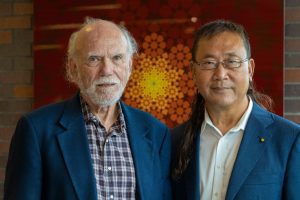By Barbara Beltrami
High in protein, relatively low in fat, versatile and inexpensive, a pork tenderloin gives you a lot of bang for your buck. It had been a while since I’d cooked a pork tenderloin, and I’d forgotten how easy and delicious it was. This time I was having company so I marinated it early in the morning, then slathered it with mustard and grilled it, refrigerated it, then sliced and served it cold with a salad. With what’s left over, I’m going to make pork tenderloin heroes. In the cooler weather I like to roast it and serve it with some kind of fruit. Here are three of my favorite recipes which I think will become yours too.
Grilled Pork Tenderloin with Salsa Verde
YIELD: Makes 6 to 8 servings
INGREDIENTS:
For the pork
2 pounds pork tenderloin
1 cup dry white wine
1/4 cup olive oil
6 cloves garlic, bruised
1/2 cup chopped herbs such as rosemary, thyme, oregano, parsley, mint, etc.
1 medium onion, chopped
Freshly ground pepper to taste
3 tablespoons prepared mustard
Coarse salt to taste
For the salsa
1/2 cup extra virgin olive oil
2 cups fresh flat leaf parsley leaves
1/2 cup pignoli nuts
2 garlic cloves
4 tablespoons capers, rinsed and drained
2 tablespoons freshly squeezed lemon juice
2 teaspoons prepared Dijon mustard
2 oil-packed anchovy fillets, mashed
DIRECTIONS:
For the pork, rinse tenderloins under cold water, pat dry. In a medium bowl, combine the wine, olive oil, garlic, herbs, onion, and pepper. Transfer to a shallow dish, add pork, turn to coat; cover with plastic wrap and refrigerate, turning once, for one hour. Remove pork from marinade and spread all over with the 3 tablespoons prepared mustard; sprinkle with salt, discard marinade.
Heat grill to medium-high; place pork on rack and grill, covered, for 10 minutes; turn and grill for 5 to 10 minutes more until charred outside, pale pink inside and meat thermometer registers 145 F. Remove to platter and let cool to room temperature, then cover and refrigerate until chilled; remove from refrigerator, cut into 1/4” slices and arrange on platter.
For the salsa verde, place the extra virgin olive oil, parsley, pignolis, 2 garlic cloves, capers, lemon juice, 2 teaspoons mustard and anchovies in a blender or food processor; process a few times until they form a paste; refrigerate until 30 minutes before serving pork; let sit at room temperature. Serve pork at room temperature or cold with the salsa verde and a crisp Romaine and Bibb lettuce salad.
Pork Tenderloin Heroes
YIELD: Makes 4 servings
INGREDIENTS:
1 large baguette, split and cut into 4 pieces
1/4 cup red wine vinegar
1/4 cup extra virgin olive oil
1 pound grilled or roasted pork tenderloin, sliced thin
1 red onion, sliced thin
12 slices provolone cheese
1 large heirloom tomato, sliced thin
1 green bell pepper, sliced thin
1 red bell pepper, sliced thin
1/2 English cucumber, sliced
2 cups baby arugula
Salt and freshly ground pepper to taste
DIRECTIONS:
Drizzle cut sides of baguette with the oil and vinegar; arrange the pork, onion, provolone, tomato, peppers, cucumber and arugula on bottom halves of each section; sprinkle with salt and pepper, then cover with top section and press down hard to flatten. Slice hero in half and serve at room temperature with ice cold beer.
Roasted Pork Tenderloin with Bacon and Peaches
YIELD: Makes 3 to 4 servings
INGREDIENTS:
One 1-pound pork tenderloin
Coarse salt and freshly ground black pepper
8 slices bacon
4 tablespoons olive oil
8 shallots, halved
4 peaches, halved and pitted
DIRECTIONS:
Preheat oven to 400 F. Season pork all over with salt and pepper and wrap in bacon with slices overlapping. In a large iron skillet heat two tablespoons of the oil over medium heat; add pork and shallots and brown, 6 to 8 minutes. Turn pork browned side up; add peaches to skillet and drizzle them with remaining two tablespoons olive oil; place skillet in oven. Basting both pork and peaches once or twice with bacon drippings, roast 15 to 18 minutes, until meat thermometer reads 145 F. Let rest 5 to 10 minutes, slice pork and place on platter, surrounded by peaches. Serve hot with a green vegetable and a rice pilaf.




